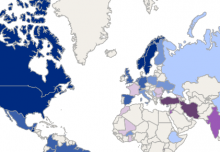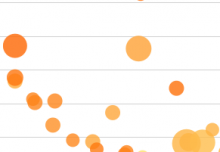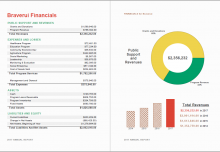One of the most common use cases for business intelligence and analytics is to get a deeper understanding of your customers. This is crucial! After all, the better you understand your customers and their needs, the better able you will be to help them solve their problems with your products and services. At the same time, it’s not just about driving more sales. You can also use analytics to find out if your customers are not happy. In the era of social media, a single comment from an unhappy customer can spread like wildfire.
In the past, finding out what makes your customers tick meant holding focus groups, sending out surveys, and guessing. Today, big data and analytics allow you to learn about your customers in real time.
For example, you can connect your business intelligence software to external databases, allowing you to pull in and cross-reference detailed demographic information about your customer base. Similarly, you could analyze current sales trends in search of patterns. Are your products a hit with women of a certain age or men living in a specific geographic area? As you discover and analyze these trends, you get a better idea of who your customers are. This information can drive your next actions. For instance, you may want to create a marketing campaign targeting that specific demographic or you might develop new products and services designed to appeal to that audience.
With customer analytics, you can also track, monitor, and measure performance and other key metrics. For example, if your customer service team has been working on improving its resolution times or customer satisfaction ratings, you could use analytics to see if those response times are indeed improving and if so, if they have any effect on other metrics such as the number of positive or negative mentions on social media.
Learning more about your customers is essential to serving their needs. The information that you need is within easy reach thanks to big data and analytical tools. Use analytics to get deep insights as to who your customers are, what they want, and how they are interacting with your company. The information you discover allows you to respond appropriately.
Works Cited:
1. Fourth Source, “Using Analytics to Understand Your Customers,” – http://www.fourthsource.com/ecommerce/using-analytics-understand-customers-17663




